Fun fact: Ancient Babylonians were solving quadratic equations nearly 4,000 years ago—long before anyone had heard of algebra.
Is math real, or just a language we made up to make sense of the universe? It’s a question that has sparked late-night debates in dorm rooms, inspired philosophers to scribble furious notes, and made many students (you might be one of them) wonder why they need to care about trigonometry at all.
The idea that mathematics might be “out there” waiting to be discovered is seductive. After all, planets move according to Newton’s laws, not because someone invented calculus, but because the universe itself seems to obey mathematical rules. On the other hand, maybe math is nothing more than a clever human invention—like language, music, or chess—a tool for describing patterns that would otherwise feel chaotic.
This blog dives into that provocative question: Is math real, or just a language we made up?
The Case for Math as Real
Imagine a world without humans. Stars would still burn, rivers would still flow, and apples would still fall from trees. The ratio of a circle’s circumference to its diameter—pi (π)—would still exist, whether anyone knew about it or not.
Physicist Eugene Wigner famously called math’s usefulness in science “unreasonably effective.” Think about it: we can write down equations that predict eclipses centuries in advance, or calculate how electrons move in a microchip. Did we invent these numbers and equations, or did we uncover them, like explorers stumbling upon hidden laws etched into the fabric of reality?
Take Fibonacci numbers, for instance. They pop up in pinecones, sunflowers, seashells, and even in the spiral arms of galaxies. No mathematician designed them into nature; they’re just there. That suggests math is woven into the structure of the universe, not just scribbled into human notebooks.
The Case for Math as a Human Language
But wait—don’t mathematicians also make things up? Negative numbers, imaginary numbers, zero—all of these were once controversial, even absurd. Yet they proved useful, so we kept them.
Think of math like a map. A map is not the territory—it’s a tool for navigating it. Similarly, math is a symbolic system humans created to model patterns in the world. The symbols, equations, and methods are inventions. For example, the base-10 number system isn’t universal—it’s cultural. Ancient Mayans used base-20, and computers today “think” in base-2 (binary).
If aliens exist, would they describe reality using calculus, or something else entirely? Maybe their “math” would be unrecognizable to us, the way human language sounds like noise to a cat.
In this view, math is less “the language of the universe” and more “a language humans happened to build.”
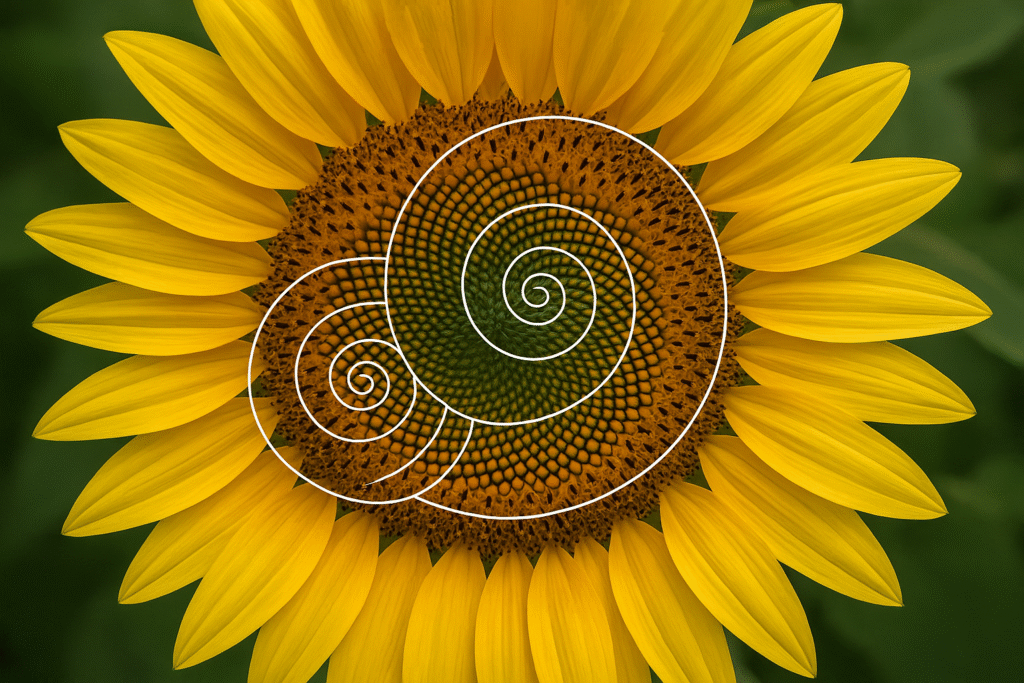
When Reality and Invention Collide
Here’s where it gets tricky: math seems to be both real and invented. We create the language, but the patterns it reveals feel like they already exist.
Take the Higgs boson, the so-called “God particle.” The math predicted it long before scientists built the Large Hadron Collider (operated by CERN, the European Organization for Nuclear Research, which studies fundamental particles) to confirm it. That’s like writing a novel and then finding out the characters are alive somewhere.
Or think about fractals. Benoit Mandelbrot didn’t invent the coastline shapes we see in nature; he invented a way to describe them mathematically. The language was new, but the reality it pointed to was ancient.
Why This Question Matters
You might wonder, “Why does it matter if math is real or invented? Either way, I still have to pass my exam!” True. But the way we answer this question changes how we see the world.
If math is real, then every equation is a doorway into the universe’s hidden architecture. Learning math is like learning the universe’s mother tongue. If it’s just a human invention, then math is a dazzling cultural achievement—like art or music—that reveals as much about us as it does about reality.
It also affects fields like artificial intelligence (AI). If math is discovered, then AI systems might be able to “uncover” truths beyond human comprehension. If it’s invented, then AI can only work within the frameworks we give it.
Conclusion
So, is math real or just a language we made up? The most honest answer might be: it’s both. The patterns exist in the universe, but the way we describe them—the symbols, formulas, and systems—are our creations. In that sense, math is a bridge between human imagination and universal truth.
Next time you grumble about equations on a page, remember this: you’re not just crunching numbers. You’re participating in one of humanity’s deepest attempts to connect with the very fabric of reality.
Maybe math isn’t just about solving problems—it’s about asking the biggest question of all: What kind of universe are we living in?
Author’s Note
As someone who has wrestled with math textbooks late into the night and still ended up in awe of its strange power, I believe math sits in a liminal space: half discovery, half invention. Whether real or made up, it remains the closest thing we have to a universal truth machine.
G.C., Ecosociosphere contributor.
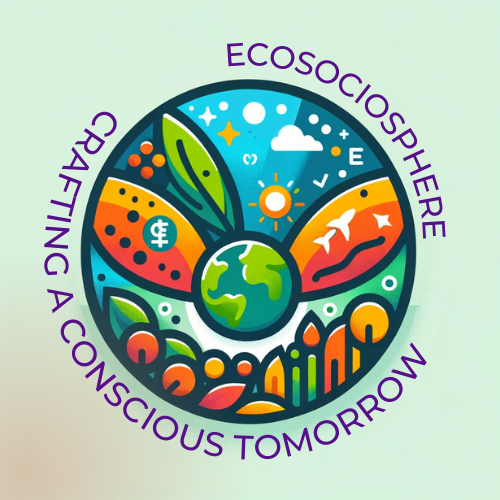
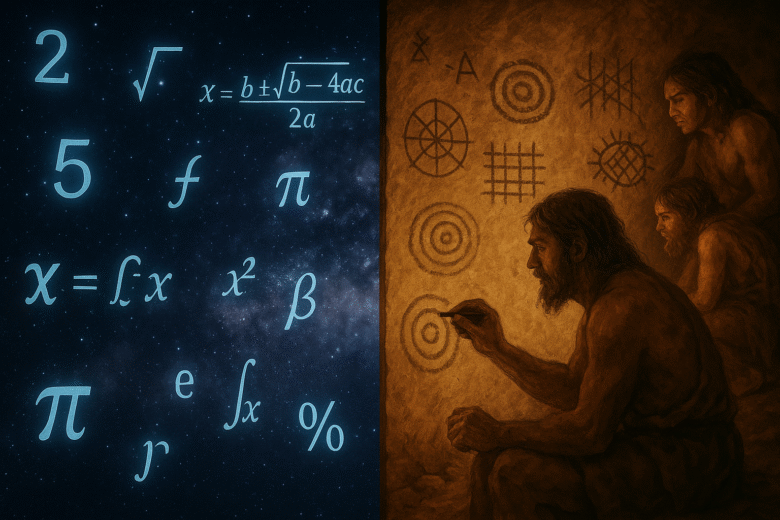
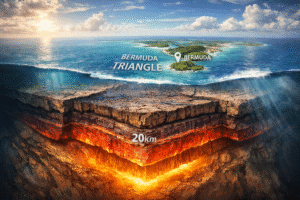

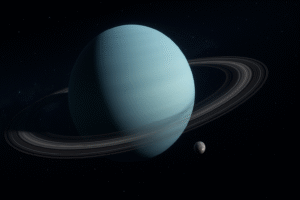
Comments
I keep listening to the rumor lecture about receiving free online grant applications so I have been looking around for the best site to get one. Could you advise me please, where could i get some?